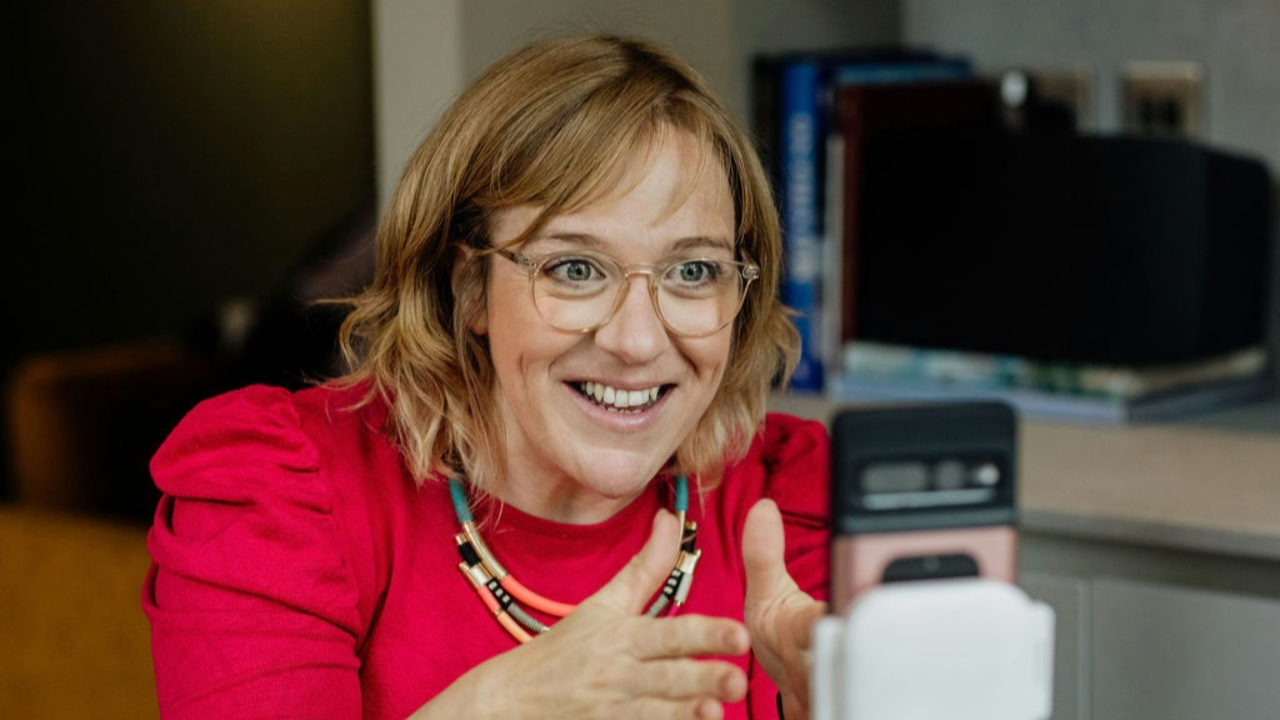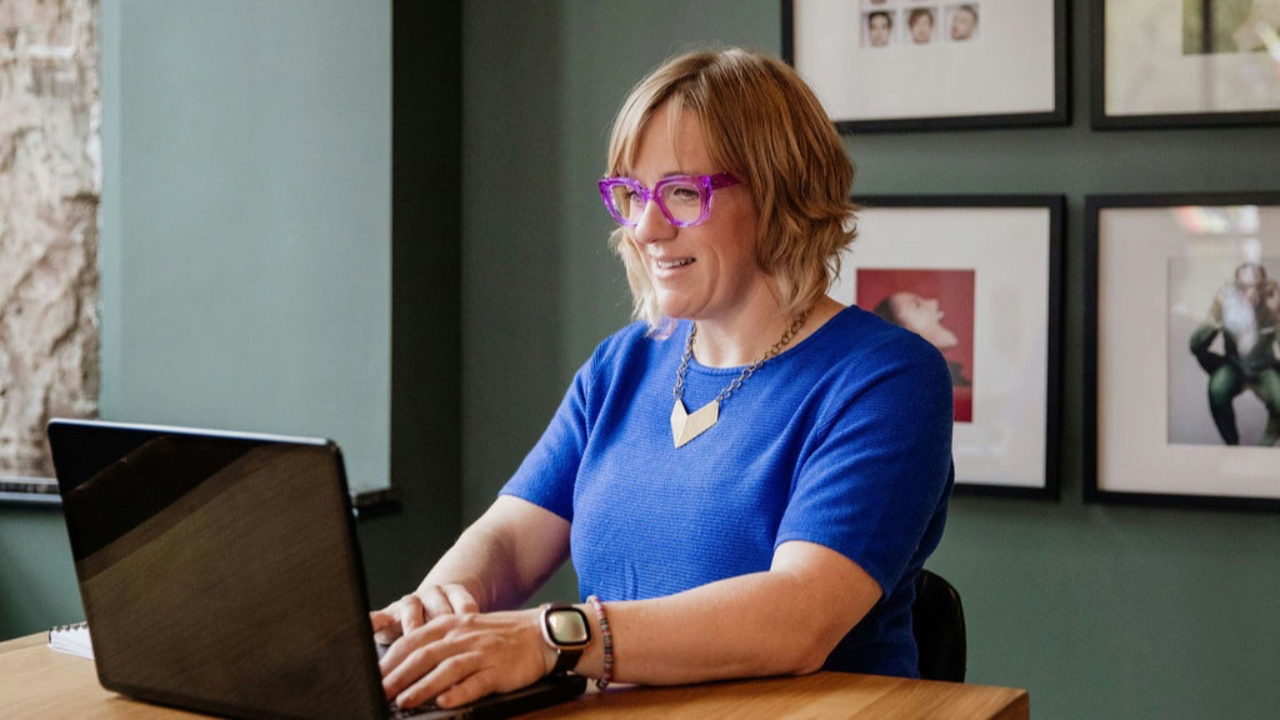Blog
Over the past couple of weeks, I’ve watched a lot of presentations. And I’ve seen some brilliant poi...
You know those moments when someone comes to you, and it's obvious they have something important the...
I have something to share with you, and I think you already know this: your lack of clarity in commu...
Have you ever been presenting to your team, and got the sense they have tuned out? Maybe you’ve had ...
They say communication is a soft skill, yet it is the foundation of everything we do. Great communic...
We should all be passionate about the topics we’re presenting on. It’s passion that makes us engagin...
I firmly believe that 99% of problems can be solved through better communication, so if you're strug...
Today, I’m sharing a tool that can transform your presentation preparation: ChatGPT. Over the last y...









